A black dress is the basis for many witch costume at Halloween, but it will also work like a charm for any occasion at any time of the year, says Jacqueline Wake Young
Halloween is a time for all things black – but there is nothing spooky about the little black dress.
This fashion staple has probably done more for women’s wardrobes than every other style of garment and accessory combined, with the possible exception of jeans.
The beauty of the little black dress is its elegance and simplicity but above all, its versatility.
It doesn’t even have to be little, the same can be said of midi and maxi versions.
The same black dress can look smart for work or an interview and will just as easily be suitable for a night out or formal occasion, even a wedding, given the right accessories.
Coco Chanel is largely credited with the invention of the little black dress, in the middle of the Roaring Twenties.
In 1926 American Vogue ran a picture of a straight, calf-length black dress and called it “Chanel’s Ford” because like the Model T, it was for all social classes.
Up until that point, during the Victorian and Edwardian eras, black was mainly used for servants’ uniforms or for mourning dress, so Chanel’s LBD was a truly radical departure from those traditions.
Vogue said at the time that the little black dress would become “a sort of uniform for all women of taste” while Chanel herself said: “I imposed black; it’s still going strong today, for black wipes out everything else around.”
Since then, the LBD has had some famous moments, especially in films.
Perhaps most celebrated of all was the dress Givenchy designed for Audrey Hepburn as Holly Golightly in 1961’s Breakfast at Tiffany’s.
In 2006 it was sold at auction for £410,000, which was six times what it had been expected to fetch.
Wallis Simpson
The controversial, but undeniably stylish Wallis Simpson, Duchess of Windsor, also understood the power of the LBD and said: “When a little black dress is right, there is nothing else to wear in its place.”
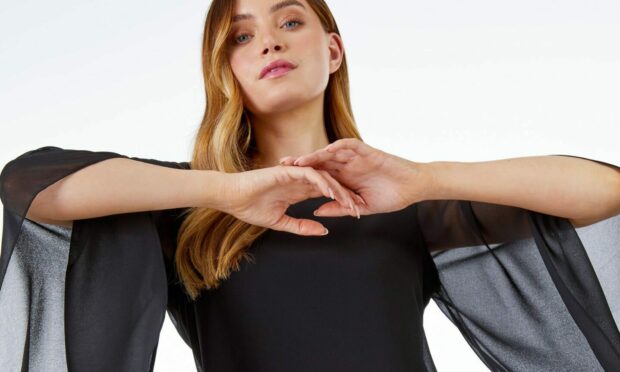
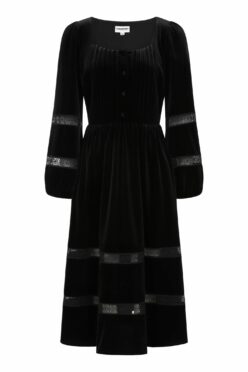
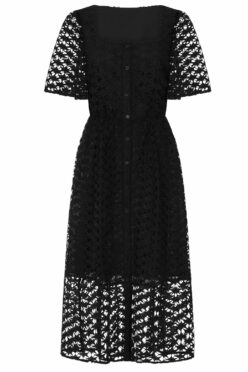
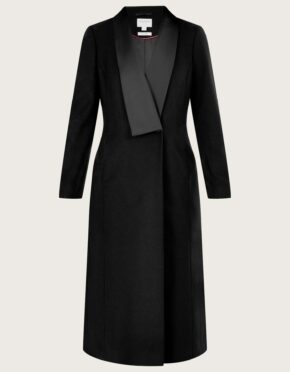
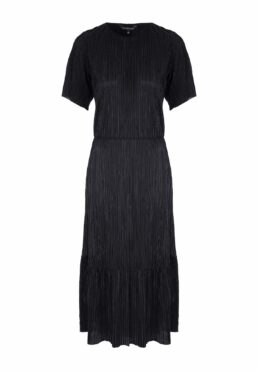
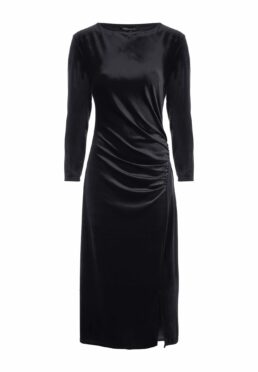

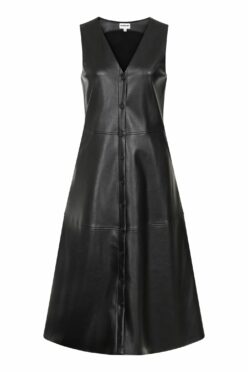
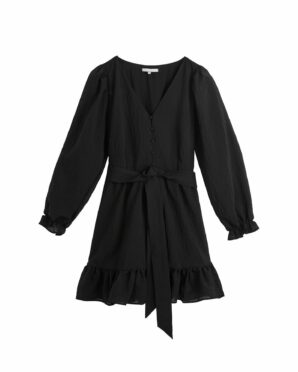

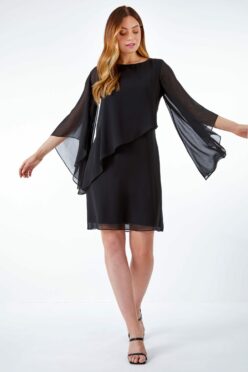
Conversation